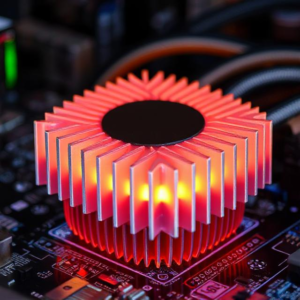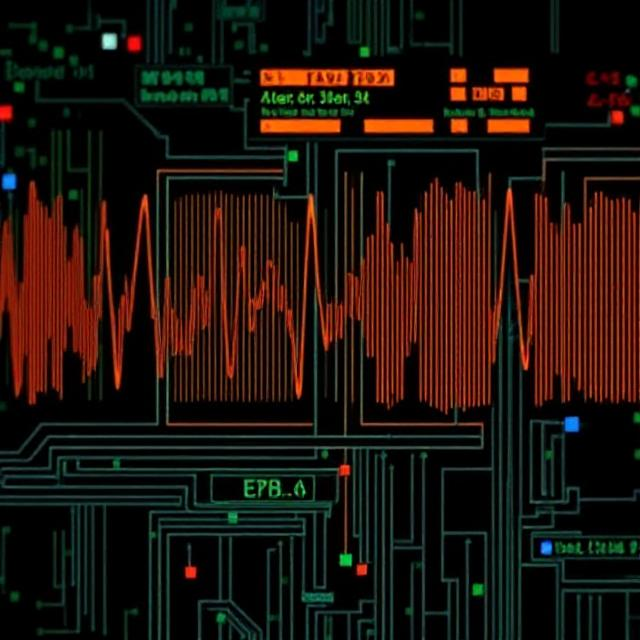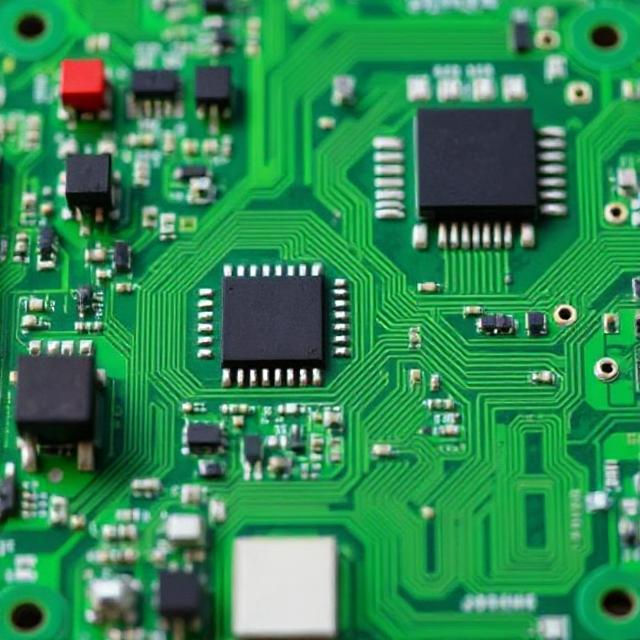Electricity is the flow of electric charge, and it powers everything from our lights and fans to our mobile phones and computers. But there are two main types of electric current: AC (Current) and DC (Direct Current).

1. What is AC (Alternating Current)?
-
Definition: AC means the electric current changes direction many times per second.
-
Direction: The current flows forward, then backward, again and again.
-
Frequency: In most countries, AC changes direction 50 times per second (50 Hz). In some countries like the USA, it is 60 Hz.
-
Example: Electricity from wall sockets in our homes is AC.
Where AC (Alternating Current) is Used:
-
Homes and offices
-
Factories
-
Large buildings
-
Transmission lines (power grids)
Why Use AC?
-
AC can be easily transmitted over long distances.
-
The voltage can be increased or decreased using transformers.
-
It is efficient for power distribution.
2. What is DC (Direct Current)?
-
Definition: DC means the electric current flows in one single direction only.
-
Direction: Always flows in one way (from + to -).
-
No Frequency: Since the direction doesn’t change, frequency is 0 Hz.
-
Example: Batteries and solar panels produce DC.
Where DC is Used:
-
Batteries (phones, laptops, cars)
-
Electronics (TVs, radios, computers)
-
Solar power systems (DC is converted to AC)
Why Use DC?
-
DC is stable and constant.
-
Perfect for low voltage devices and electronics.
-
Can be stored in batteries.
3. Key Differences Between AC and DC
| Feature | AC (Alternating Current) | DC (Direct Current) |
|---|---|---|
| Flow Direction | Changes direction regularly | Flows in one direction |
| Source Examples | Power stations, generators | Batteries, solar cells |
| Frequency | 50 or 60 Hz | 0 Hz |
| Transmission | Easy over long distances | Difficult without losses |
| Usage | Homes, industry | Gadgets, electronics |
| Conversion | AC to DC (using adapter) | DC to AC (using inverter) |
4. Which is Better – AC or DC?
-
AC is better for supplying power to homes and cities because it can travel far and be transformed easily.
-
DC is better for small devices and electronics where steady, low-voltage power is needed.
Today, both AC and DC are important. For example, we receive AC from power lines, but most devices convert it to DC to work properly.
Conclusion
-
AC is used for powering homes and cities.
-
DC is used in electronics and batteries.
-
Both types of current are essential in our modern lives.











